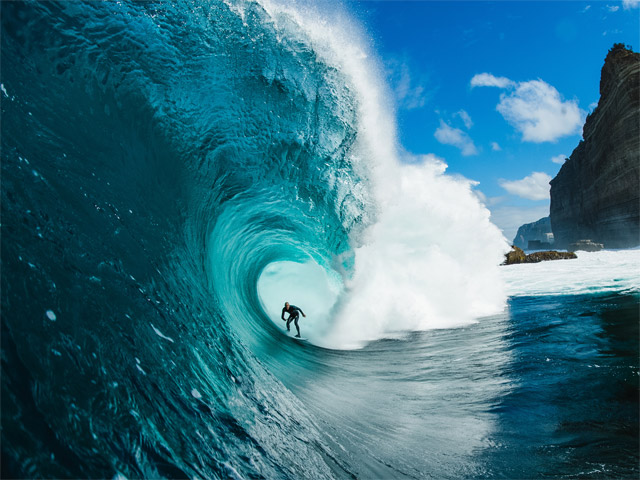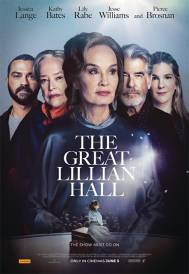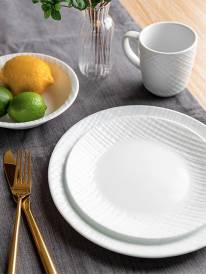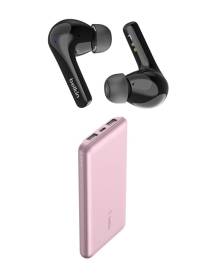Capturing An Epic Surf Shot

Stuart Gibson has shared his top tips on capturing the ultimate surf photo.
Learn about the ocean first
Before you jump into surf photography, spend as much time as you can getting familiar with the ocean. Swimming, surfing, shooting, or even just being at the beach from a young age will give you the most valuable skills to be a surf photographer. You can't buy ocean knowledge and I'm so grateful I grew up at the beach with a surfing family.
Plan ahead
Knowing or scouting a location you plan to shoot will always be your best option. The more you plan, the easier it will be to focus on your gear and the job at hand. Do some research, use photo apps or Google Earth to check the light direction and sunrise/set times. If it's a spot you shoot regularly write down or memorise the best conditions. All the elements contribute to a great surf photo so start bookmarking all your best weather links!
Invest in good equipment
You can buy 'underwater housing units' which are essentially camera cases that let you take your cameras in the surf. This will give you the freedom to leave the comfort of the land and get close to the real action – in the water.
Learn from the pros
Build a relationship with local surfers. The better your relationship, the more opportunities you will have to capture an epic shot. "It takes two to tango" they say and your trust with the surfer will show in your photos.
Work on your style
Try and find your style or look of imagery that you're happy with and be consistent with it. People will eventually recognise images as yours and that is your brand to own. Surfing is fun to shoot but also make sure you're expanding your skills by shooting everything else out there!
Interview with Stu Gibson
Question: How did you get into surf photography?
Stu Gibson: From a young age I've always had an interest in the surf and shooting surf photos. For a little while I tested out video when my friends starting surfing at Shipstern Bluff, a famous big wave surfing spot on the south eastern coast of Tasmania. However, the quality of video wasn't nearly as good as still, so I quickly switched back to 35mm and have loved stills ever since.
Question: What has been the greatest or most exciting location you've shot at?
Stu Gibson: Shipstern Bluff in Tasmania will always be my favourite place to shoot because it's home and so raw. The most exciting and scary place I've ever shot at has been the surf in Hawaii and Mexico, it's incredible.
Question: What's been the best surfing moment you've captured?
Stu Gibson: The first time I scored a front cover still sits up there with my fave moments captured. This was a water photo of Dustin Hollick at Shipsterns Bluff and ended up as the cover of the 200th edition of ASL (Australia's Surfing Life). This was much like my winning image in the Nikon Surf Photo of the Year Awards, but it was 15 years ago and the last bit of light for the day. I swam in after the sun went down and started the 1hr slog back in the boat.
Question: How often are you travelling around the world to capture the best surf shots?
Stu Gibson: It varies a lot, but I generally spend about 5 to 6 months per year away from home. In the past few years, I've focused more on capturing the best of the Australian surf and I'm loving spending more time at home.
Question: What are the big/best surf events or trips that you have coming up?
Stu Gibson: This summer has been spent at home. I'll be heading to Mexico for my next overseas trip, then a fair bit of time in Fiji after that.
Question: What did it feel like to win the Nikon Surf Photo of the Year Award?
Stu Gibson: It felt amazing to win. I first won this competition about 10 years ago, so to take it out again was pretty special for me. My winning shot was of Mikey Brennan, so it was epic to win with a friend. I think the awards are an incredible opportunity to shine the spotlight on surfing photography and it's so great that Nikon and Surfing Australia continue to support our work.
MORE



